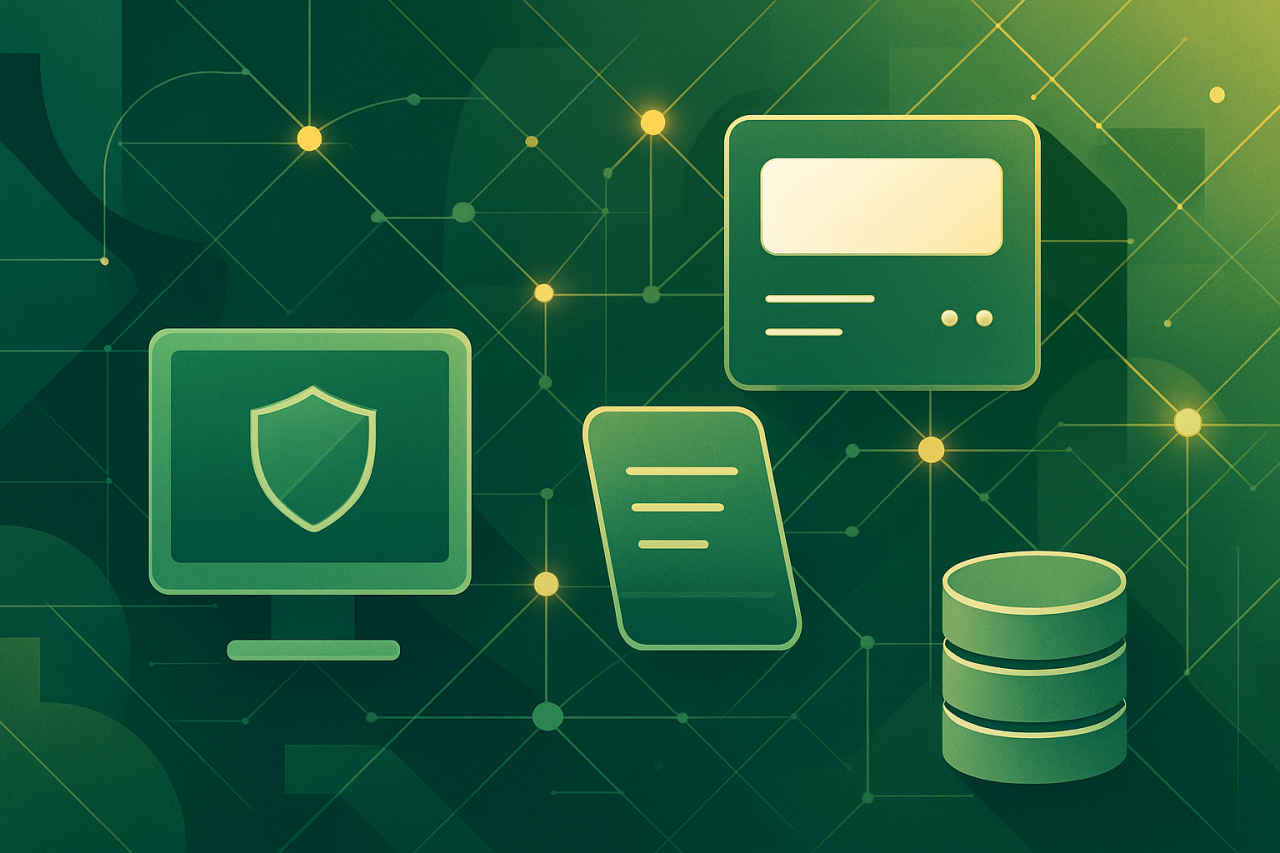What’s the Point of Free Proxy Lists?
Oi, before we get to the fancy AI bits, let’s talk turkey: why bother with free proxy lists? Simple. Proxies are like your online surfboards—they let you ride the web’s waves without leaving your own footprints in the sand. Maybe you wanna scrape some data, dodge geo-blocks, or keep a low profile. Free proxies help, but the catch? Most are about as reliable as a ute with three wheels and a dodgy starter motor.
Here’s where AI-powered filtering enters the scene, turning a swamp of unreliable proxies into a pool you can actually swim in.
The Anatomy of a Proxy List
A proxy list is essentially a table of IP addresses and ports, sometimes with extra info like country, anonymity level, and uptime. Here’s what a basic list looks like:
| IP Address | Port | Country | Anonymity | Protocol | Last Checked |
|---|---|---|---|---|---|
| 185.123.56.78 | 8080 | Germany | Elite | HTTP | 2 mins ago |
| 202.54.1.230 | 3128 | India | Transparent | HTTPS | 5 mins ago |
| 45.67.123.89 | 80 | USA | Anonymous | SOCKS5 | 1 min ago |
The Problem with Raw Free Proxy Lists
- Unreliable: Many proxies die quicker than a mozzie in winter.
- Malicious: Some proxies are honey pots for hackers.
- Slow: Speeds can be glacial, especially on public lists.
- Not Anonymous: Some just blab your real IP louder than your mate at the pub.
Enter AI-Powered Filtering
Now, instead of wading through the swamp yourself, AI takes the tedium out of sifting proxies. It’s like having a smart kelpie herding the good proxies into your paddock and chasing the duds away.
How Does AI Filtering Actually Work?
- Pattern Recognition: AI models are trained on massive datasets of “good” and “bad” proxies. They spot patterns in uptime, speed, response variability, and even subtle fingerprinting that humans would miss.
- Anomaly Detection: AI can flag proxies that behave oddly—like those that suddenly change geolocation or start returning weird headers.
- Trust Scoring: Each proxy gets a score based on historic reliability, speed, and anonymity, letting you sort the cream from the crud.
Example: ProxyRoller’s Filtering Engine
ProxyRoller is a cracking example. Their platform collects fresh proxies round the clock, then runs them through AI models to filter out:
- Dead proxies
- Proxies with high latency or packet loss
- Suspicious proxies (malware, phishing, or logging behavior)
- Proxies that leak your IP
Practical Use: How to Get and Use AI-Filtered Proxies
Step 1: Grab a Free List
Head over to ProxyRoller’s Free Proxy List. You’ll find a regularly updated list with the following fields:
| IP Address | Port | Country | Protocol | Anonymity | Uptime | Speed | Trust Score |
|---|---|---|---|---|---|---|---|
| … | … | … | … | … | … | … | … |
Step 2: Filter Further (Optional)
If you want to get fancy, you can download their CSV and use Python to filter proxies based on your needs.
import pandas as pd
df = pd.read_csv('proxyroller_filtered.csv')
# Filter for elite, high-trust, fast proxies in Australia
filtered = df[
(df['Anonymity'] == 'Elite') &
(df['Trust Score'] > 80) &
(df['Country'] == 'Australia') &
(df['Speed'] < 500)
]
print(filtered[['IP Address', 'Port', 'Country', 'Speed', 'Trust Score']])
Step 3: Plug Into Your Tools
Here’s how you’d set a proxy in Python with requests:
import requests
proxies = {
'http': 'http://185.123.56.78:8080',
'https': 'http://185.123.56.78:8080',
}
response = requests.get('https://httpbin.org/ip', proxies=proxies, timeout=10)
print(response.json())
Or, for your browser, just pop the IP and port into your network settings.
Comparison Table: AI-Filtered vs. Raw Proxies
| Feature | Raw Free List | AI-Filtered List (e.g., ProxyRoller) |
|---|---|---|
| Dead/Offline Proxies | Frequent | Rare |
| Malware/Honeypots | Common | Filtered Out |
| Speed/Latency | Variable | Consistently Higher |
| Anonymity Level Accuracy | Unreliable | Verified |
| Country/Geo Accuracy | Hit & Miss | Verified by AI |
| Update Frequency | Varies | Hourly or Better |
Tips for Staying Under the Radar with Free Proxies
- Rotate Proxies: Automation tools (ProxyRoller API Docs) let you rotate proxies to avoid bans.
- Test Regularly: Even filtered proxies can go offline. Build in checks.
- Don’t Use for Sensitive Data: Free proxies are for bulk scraping, not for logging into your bank account. That’s just asking for strife.
- Check Legal Stuff: Some sites take a dim view of scraping. Don’t get yourself in hot water.
Resources and Further Reading
- ProxyRoller Free Proxy List
- ProxyRoller API Documentation
- Mozilla Proxy Settings
- How to Use Proxies with Python Requests
- OWASP Proxy Security Risks
If you’re after a proxy list that won’t leave you stranded or stitched up, AI-powered filtering—especially what ProxyRoller does—is the way to go. And if you get stuck, just remember: there’s no shame in reading the docs, mate.

Comments (0)
There are no comments here yet, you can be the first!